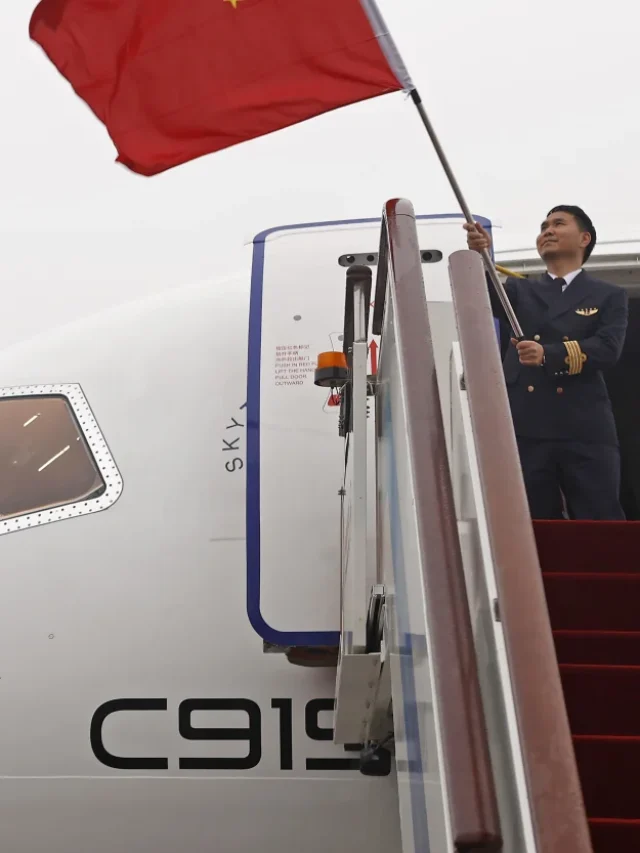 Admin
Admin
A Reflection on India-Pakistan Conflict
War is not just fought on borders; it is fought in the minds of people. The recent escalation between India and Pakistan was more than a military confrontation—it was a psychological earthquake that forced ordinary citizens to confront the fragility of peace. This article explores three dimensions of the conflict:
- The Personal Toll of War – How conflict strips away meaning from individual lives.
- Pakistan’s Paradox – Why war revitalizes the nation, even as it devastates it.
- The Danger of Dehumanization – How toxic narratives fuel endless hostility.
The Personal Toll of War: When Everything Becomes Meaningless
The Sudden Collapse of Normalcy
When Indian jets struck near Pakistan’s Nur Khan Airbase, the abstract concept of “war” became terrifyingly real. The fear wasn’t just about national security—it was about survival.
- “What happens to my family?” – The dread of invasion makes even basic security uncertain.
- “Will banks work? Will ATMs freeze?” – Modern life depends on systems that war disrupts.
- Existential Nihilism – Albert Camus argued that violence often stems from meaninglessness. War turns life’s achievements to dust, leaving only raw survival instincts.
The Illusion of Control
Before the conflict, personal success—education, career, social status—felt like progress. But war exposes the truth: no individual is safe when nations collide.
“War doesn’t just kill people; it kills the idea that life has inherent meaning.”
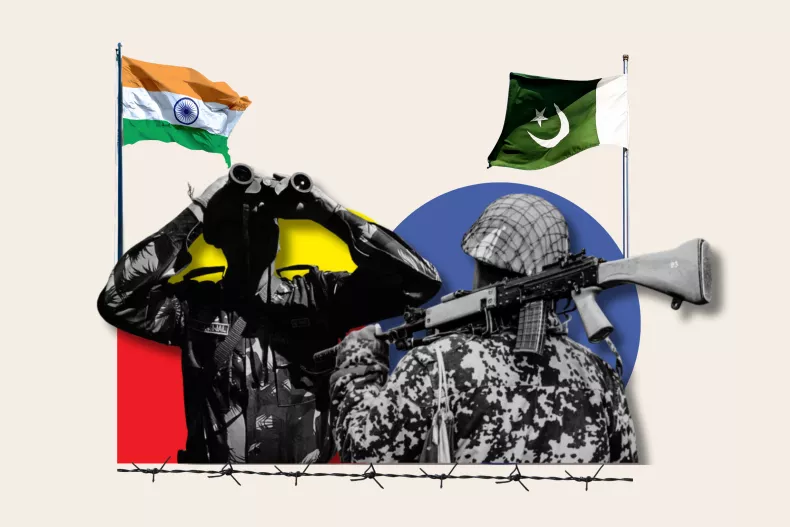
Pakistan’s Paradox: War as Oxygen
Why Conflict Strengthens Pakistan
Many assume war weakens Pakistan, but history shows the opposite:
- National Unity in Crisis – After India’s strikes, Pakistanis rallied behind their military in unprecedented ways. Stadiums chanted for the Army Chief—something unthinkable weeks earlier.
- Hegel’s Storm Analogy – “Just as storms cleanse stagnant water, war purges societal decay.” Long peace breeds corruption; conflict forces renewal.
- A Nation Forged in Conflict – Pakistan’s identity is tied to resistance. Those who think war will “break” Pakistan misunderstand its DNA.
The Danger of Over-Reliance on Conflict
Yet, this resilience has a cost:
- War cannot replace progress – Science, education, and economy suffer when conflict dominates.
- The Thucydides Warning – Ancient historian Thucydides wrote: “A society that separates its thinkers from its warriors will have cowardly scholars and foolish soldiers.” Pakistan must integrate intellect with strength to thrive.
The Danger of Dehumanization: How Narratives Fuel Conflict
The Myth of the “Terrorist State”
After the Pulwama attack, Indian narratives painted all Pakistanis as complicit in terrorism. This is dangerous:
- Collective Guilt is Unjust – Should 220 million suffer for a few extremists?
- History’s Dark Parallels – Nazi Germany dehumanized Jews. Israel today dehumanizes Palestinians. Demonizing entire nations leads to atrocities.
The Hypocrisy of “Peace Activists”
Some liberals (like Dhruv Rathee) advocate for Pakistan’s economic strangulation (via FATF blacklisting) while claiming moral superiority. But:
- Starving civilians isn’t justice – It’s collective punishment.
- Satire vs. Incitement – Mocking war-mongering isn’t “rudeness”—it’s necessary dissent.
Conclusion: Beyond War
War is not a solution; it’s a failure of imagination. The real battle isn’t between India and Pakistan—it’s between:
- Dehumanization vs. Empathy
- Jingoism vs. Rational Patriotism
- Short-term rage vs. Long-term peace
Pakistan must evolve beyond its warrior identity. India must resist demonization. And citizens on both sides must remember: War steals from everyone, but only the wise build something better afterward.
“The next war will not be won by the strongest army, but by the society that best combines wisdom with strength.”
Final Thought
If there’s one lesson from this conflict, it’s this: War makes individuals powerless, but peace requires their courage. The choice is ours.
The Dangers of Blind Nationalism and the Politics of Crisis
In recent years, the tensions between India and Pakistan have periodically reached boiling points, often sparked by cross-border skirmishes, terrorist attacks, or political provocations. While the military and diplomatic dimensions of these conflicts receive global attention, an equally critical yet underexamined aspect is how narratives are crafted, consumed, and weaponized within each nation. Both governments have demonstrated a consistent ability to shape public perception and rally nationalist sentiment, often at the cost of truth and rational discourse.

International Silence and Strategic Neutrality
Following recent escalations, the international response has been telling. Neither the European Union nor the United States openly blamed Pakistan, while China explicitly supported Islamabad’s call for a neutral investigation, a move that Indian media quickly condemned. This silence or neutrality from key global players is significant. It underscores the complexity of the situation and the geopolitical stakes involved, especially given China’s deep economic and military ties with Pakistan.
India’s subsequent threats to abrogate the Indus Waters Treaty, a long-standing agreement on water sharing, mark a severe diplomatic warning. In retaliation, Pakistan hinted at scrapping the Shimla Agreement, which regulates the status of the Line of Control (LoC) in Kashmir. Such steps are not just symbolic; they represent serious escalations that could unravel decades of conflict management.
The Lost Element of Surprise
One recurring feature of India-Pakistan tensions has been the threat and occasional reality of military action. However, recent political rhetoric and media hype may have eroded the element of surprise that such operations rely on. Pakistan, anticipating possible strikes, has mobilized its defense infrastructure, moved equipment to strategic locations, and placed its air force on alert. As a result, any future Indian strike would now have a limited tactical advantage and a greater risk of escalation.
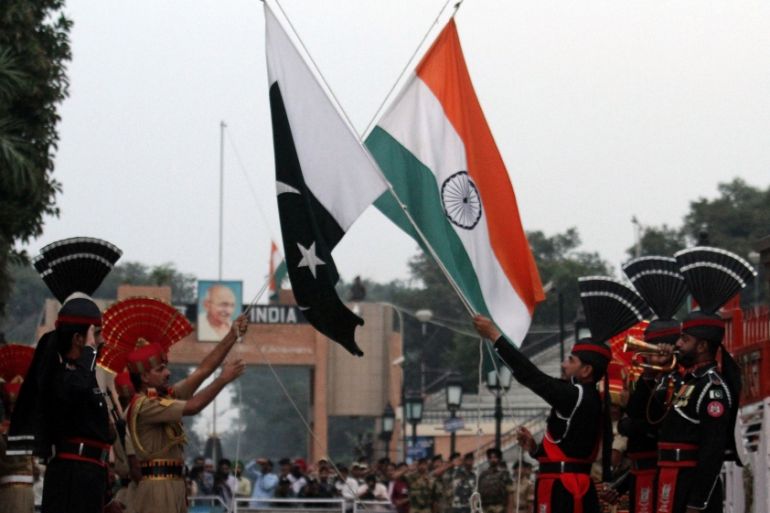
War Hysteria and Media Complicity
Media outlets in both countries have played a troubling role in amplifying tensions. In India, television debates and headlines are often drenched in war-mongering and jingoism. Pakistan’s media, though somewhat more restrained, is not immune to nationalist fervor. This environment of hysteria reduces complex geopolitical issues to binary choices of patriotism versus treason, leaving no room for critical thinking or dissent.
In this echo chamber, truth becomes a casualty. The public is bombarded with selective facts, dramatic visuals, and emotionally charged rhetoric. As history has repeatedly shown, the populace often absorbs these narratives without question, accepting official versions of events as gospel truth.
Strategic Calculations and Regional Interests
A full-scale war between two nuclear-armed states is not just unthinkable, it is logistically and economically unaffordable. Key regional powers, including China, Iran, and the United States, have deep strategic and financial interests that would be threatened by open conflict. For instance, China’s Belt and Road Initiative, particularly the China-Pakistan Economic Corridor (CPEC), relies on regional stability. A war could disrupt vital investments, trade routes, and energy supply chains.
Furthermore, India’s widely reported claims in its media that China has supplied Pakistan with advanced weaponry, including laser-guided missiles and radar systems, have only deepened suspicions. These reports, though unverified, highlight the degree of military cooperation between Islamabad and Beijing and serve as a reminder of the broader strategic contest in South Asia.

Manufacturing Consent: The State as a “Cold Monster”
Drawing on Nietzsche’s notion of the state as a “cold monster,” we see how governments define enemies, manipulate facts, and stir public emotion to consolidate power. The state claims to embody national identity and security, but in doing so, often suppresses dissent and alternative perspectives.
The public, meanwhile, plays a willing role in this dynamic. In both India and Pakistan, people are quick to label critics as unpatriotic. Whether it’s raising questions about military narratives, questioning the origins of terrorist attacks, or critiquing foreign policy, dissenters are vilified.
The tragedy here is not just political, it is intellectual. Democracies depend on an informed, questioning citizenry. But when patriotism is equated with blind loyalty, and critical thinking is dismissed as treachery, democratic institutions erode.
The Shock Doctrine in South Asia
The political scientist and author Naomi Klein coined the term shock doctrine to describe how governments exploit crises to push through controversial policies. In moments of fear or outrage, be it terrorist attacks, economic meltdowns, or military escalations, states often suppress dissent, centralize power, and reshape public opinion.
South Asia is no stranger to such tactics. Leaders use “shocks” to silence opposition, deflect from domestic problems, and unite the public behind a common enemy. The end result is not just short-term political gain, but long-term damage to the democratic fabric.

Conclusion: Toward a More Informed Citizenry
The cycle of provocation, propaganda, and polarization will only end when citizens start asking hard questions. Why are certain narratives promoted while others are buried? Who benefits from war hysteria? How are military and political interests aligned in shaping national discourse?
Until such questions become part of mainstream conversation, both India and Pakistan will remain trapped in a loop of mutual suspicion, media manipulation, and manufactured nationalism. It is only through critical thinking, open debate, and independent journalism that peace and progress can find a real foothold in the region.
Is the World Falling Out of Love with the U.S. Dollar?
Not too long ago, if the world faced a crisis, everyone looked to the U.S. — the dollar was the safe haven, the go-to currency, the financial equivalent of a warm blanket on a stormy night. But today, something strange is happening. Investors around the world are stepping away from U.S. assets — dumping dollars, ditching bonds, and seeking shelter elsewhere. They’re calling it the “Sell America” trade, and it’s sending shockwaves through the global economy.
So, what’s behind this dramatic shift?
A Crisis Made by Humans, Not Nature
This isn’t another pandemic, a war, or an unforeseen market crash. It’s different. It’s man-made, and it starts with tariffs. Ever since Donald Trump took office, he’s led a very aggressive trade policy, especially toward China. The tariff wars that followed didn’t just hurt international trade, they rattled trust. Trust in the U.S. as a reliable economic partner. Trust in its leadership. Trust in its long-term financial stability.
And now, that trust is cracking.

The Dollar Is Falling
The Dollar Index, which used to hover around 110, has fallen below 100. It might not sound like much, but in the world of currencies, that’s a big deal. This decline suggests a weakening dollar, and when investors lose faith in the dollar, they start looking elsewhere.
At the same time, U.S. government bonds are being sold off, another warning sign. These are the same bonds that used to be considered rock-solid, the safest place to park your money.
Now? Investors aren’t so sure anymore.
What’s Going Wrong in America?
To put it simply, America is spending way more than it earns.
Trump’s policies slashed taxes (reducing government revenue), while military and infrastructure spending kept growing. Add to that massive subsidies to protect local industries, and suddenly, the U.S. government is borrowing more money than ever before.
But here’s the kicker: interest rates are rising too, which means the cost of borrowing is going up. So not only is the U.S. borrowing more, it’s also becoming harder to pay that debt back.
Naturally, investors are nervous.

Inflation: The Other Monster in the Room
Tariffs also tend to drive prices up. And when inflation rises, it puts the Federal Reserve, America’s central bank, in a tough spot.
If they cut interest rates to boost the economy, inflation could spin out of control. If they raise rates to control inflation, they risk tipping the economy into a recession.
That’s what economists call a “policy trap”. And it’s exactly where the Fed finds itself today.
The Global Impact: A Financial Realignment
What happens in the U.S. rarely stays in the U.S.
As trust in American financial stability wavers, global investors are shifting their money into other safe havens gold, the Japanese yen, and the Swiss franc. That’s why gold prices are soaring. It’s not just a trend, it’s a signal that faith in the dollar is being tested.
Even countries like India, which hold large reserves of U.S. dollars, are starting to rethink. Should they keep all their eggs in the dollar basket? Or should they start diversifying — perhaps into gold or other currencies?

The Big Question: Is This the End of Dollar Dominance?
Not quite. The U.S. dollar still holds tremendous influence. But the cracks are starting to show.
The world’s most trusted currency is now facing a trust crisis of its own. And unless there’s a serious course correction in trade policies, debt management, and international relations, the dollar could slowly lose the throne it has held for decades.
Even former U.S. officials are sounding the alarm. One ex-Treasury Secretary compared the U.S. to an unstable emerging market, a place investors once fled from, not ran toward.
If that doesn’t make you pause, what will?
The Bottom Line
We’re witnessing a rare and unsettling moment in financial history. The U.S., once the world’s economic anchor, is now being questioned by the very investors who once trusted it blindly.
Whether this becomes a temporary wobble or a lasting shift depends on what happens next. But for now, the message from global markets is loud and clear:
“America, we’re not so sure about you anymore.”
https://www.reuters.com/markets/global-markets-trading-day-2025-04-11
Beijing Suspend Boeing Jat Deliveries
In recent geopolitical developments, tensions between the United States and China have escalated significantly. One major point of friction is China’s recent decision to halt the export of critical materials, including rare earth metals and magnets, to the U.S. This move has the potential to disrupt several high-tech industries in the United States, including aerospace, semiconductors, electric vehicles, and defense.
This article explores the implications of China’s export restrictions, the impact on Boeing and the broader aviation industry, and how India might stand to gain from this evolving situation.
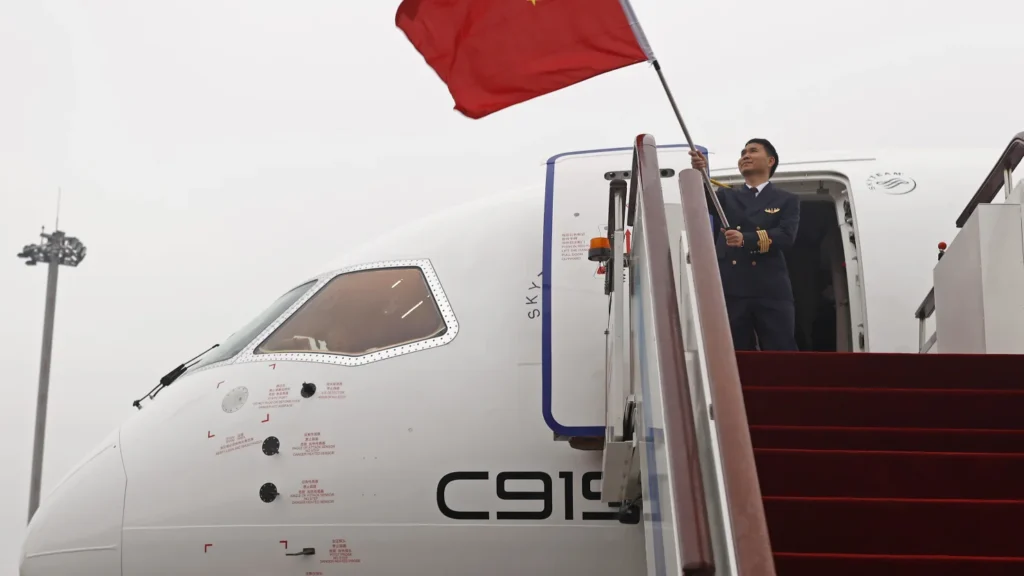
China News Service | China News Service | Getty Images
China’s Strategic Export Ban
China plays a dominant role in the global supply of rare earth elements and related strategic metals. These materials are essential for manufacturing:
- Weapons and defense equipment
- Electronics and semiconductors
- Electric motors and batteries (especially for EVs)
- Drones, robots, and aerospace components
By halting exports to the U.S., China is aiming to assert its leverage in ongoing trade and technology disputes. This calculated move is expected to create considerable difficulties for American manufacturers who heavily depend on these imports.
Boeing vs China: Aircraft Deliveries in Limbo
Adding to the strain, China has suspended the delivery of Boeing aircraft — a move that significantly affects one of America’s most important aerospace companies. The suspension is believed to be a response to heightened trade restrictions and security concerns between the two countries.
In total, Boeing was set to deliver around 130 aircraft to Chinese airlines. Now, those deliveries are on hold. Although this doesn’t bring China’s aviation sector to a halt, it does signal a major shift in supplier preference.

Boeing’s Strategy Moving Forward
Boeing is expected to respond with strategic lobbying efforts, especially under the influence of the Trump administration. The goals would be:
- Tariff adjustments through diplomatic negotiations.
- Resumption of aircraft deliveries to China under a special exemption.
- Diversification of markets, with a stronger focus on:
- India
- Middle East
- Latin America
These regions offer growing aviation markets and represent potential growth areas for Boeing’s commercial business.
China’s Backup Plan: Diversification and Self-Reliance
On the other hand, China is not short of options:
- It may shift future aircraft orders to Airbus, based in Europe.
- It can ramp up production with its own domestic manufacturer, COMAC (Commercial Aircraft Corporation of China), aiming to strengthen self-reliance.
This trend toward diversification reflects China’s long-term goal to reduce dependence on Western aerospace technology.

India’s Opportunity: A New Aviation Powerhouse?
As the U.S.-China standoff unfolds, India may quietly emerge as a major beneficiary.
A Comparison of Aviation Sectors:
- China: 67 airlines with a fleet size of 4,128 operational aircraft
- India: 22 airlines with about 740 operational aircraft
While China’s aviation market is nearly five times larger, India is rapidly expanding.
India’s Mega Aircraft Orders:
- Indian carriers (e.g., Air India, IndiGo) have placed orders for over 500 aircraft.
- If China cancels Boeing deliveries, India could move up the queue, potentially receiving aircraft sooner than expected.
This would help India meet its increasing domestic and international demand for air travel and strengthen its position in the global aviation market.
Conclusion
The suspension of Boeing aircraft deliveries to China, coupled with China’s export restrictions on rare earth materials, marks a significant turning point in global trade dynamics. While the U.S. faces fresh challenges in securing critical materials, Boeing’s focus may shift to more cooperative markets like India. Simultaneously, China is laying the foundation for a self-reliant aviation future. For India, this disruption presents a strategic opportunity to scale its aviation industry, attract global investments, and become a pivotal player in the aerospace supply chain.
https://www.axios.com/2025/04/15/china-boeing-orders-trump-tariffs
Trump’s Tariff Blunders and their Global Consequences
The trade deficit between the United States and China stands at 67%. However, in a stunning display of ignorance, former President Donald Trump made an inaccurate statement, claiming that this 67% figure represented the tariff rate China imposes on American goods. This was completely untrue. Trump misunderstood the concept and, based on his flawed interpretation, decided to impose a tariff of about half that rate- 34%- on Chinese imports. This decision wasn’t isolated; similar tariffs were applied to imports from several other countries.
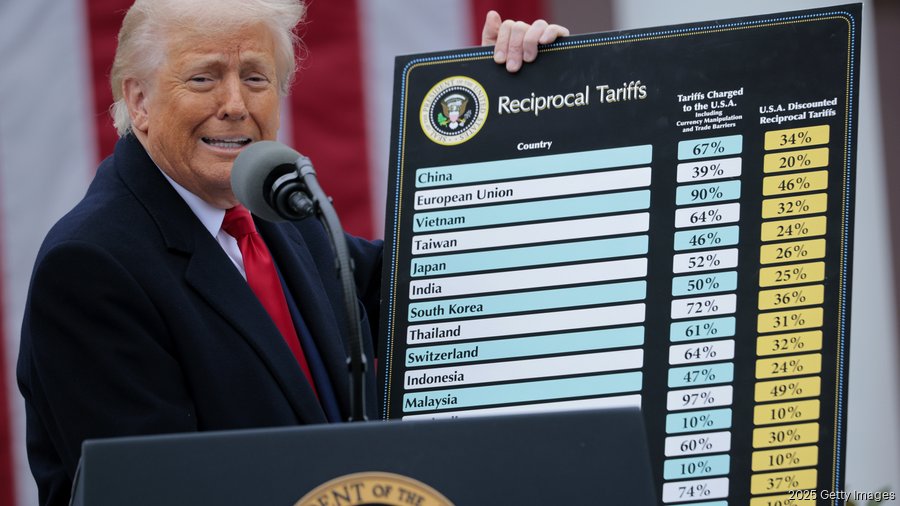
Chip Somodevilla / Getty Images
What’s baffling is how no one around Trump corrected him. Even primary school children could grasp the fundamental difference between a trade deficit and a tariff rate. Yet Trump proceeded, pushing the boundaries of absurdity even further when he imposed tariffs on some uninhabited islands near Antarctica.
Heard Island and McDonald Island, located near Antarctica, have no human inhabitants. No one has even visited them in the last decade. These islands are home only to penguins. Despite this, Trump imposed a 10% tariff on them. The absurdity raises the question: How did the penguins react to Trump’s announcement?
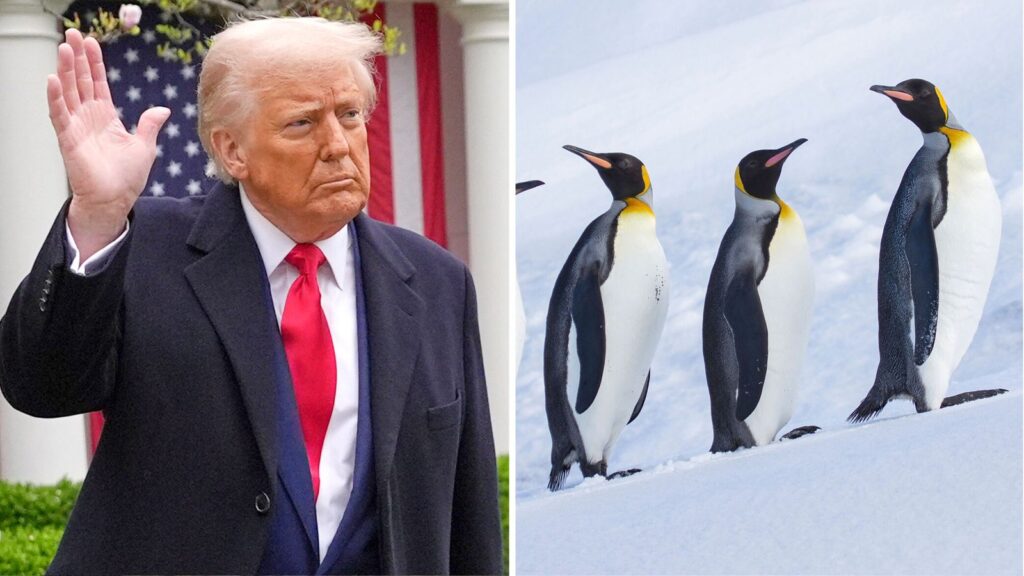
On a more serious note, these islands are incredibly isolated, requiring a two-week-long boat journey from Australia. No human has made that journey in the last ten years. It’s tempting to speculate that Trump saw “McDonald Island” and somehow mistook it for a McDonald’s amusement park.
Jokes aside, these tariffs had real-world consequences. America is one of the largest consumer markets globally, and small and big businesses across the world rely heavily on selling their products to American consumers. Trump’s sudden and widespread imposition of tariffs led many countries to retaliate.
China, the European Union, and Canada strategically targeted sectors within the U.S. that formed the backbone of Trump’s voter base. China levied retaliatory tariffs against corn farmers and car manufacturers. Canada went after poultry farms and air conditioning manufacturers. Europe imposed tariffs on American steel mills and slaughterhouses. These sectors are critical sources of employment for many Trump supporters.
The logic behind these moves was simple: to make the maximum political impact, retaliatory tariffs needed to hurt the people who voted for the politician responsible for starting the trade war.
“Trust me, I’m like a smart person,” Trump once famously said. Yet, his actions told a very different story. Imposing tariffs on so many countries, all of a sudden and without any diplomatic negotiation, inevitably caused widespread harm—not just internationally but within the United States itself.




